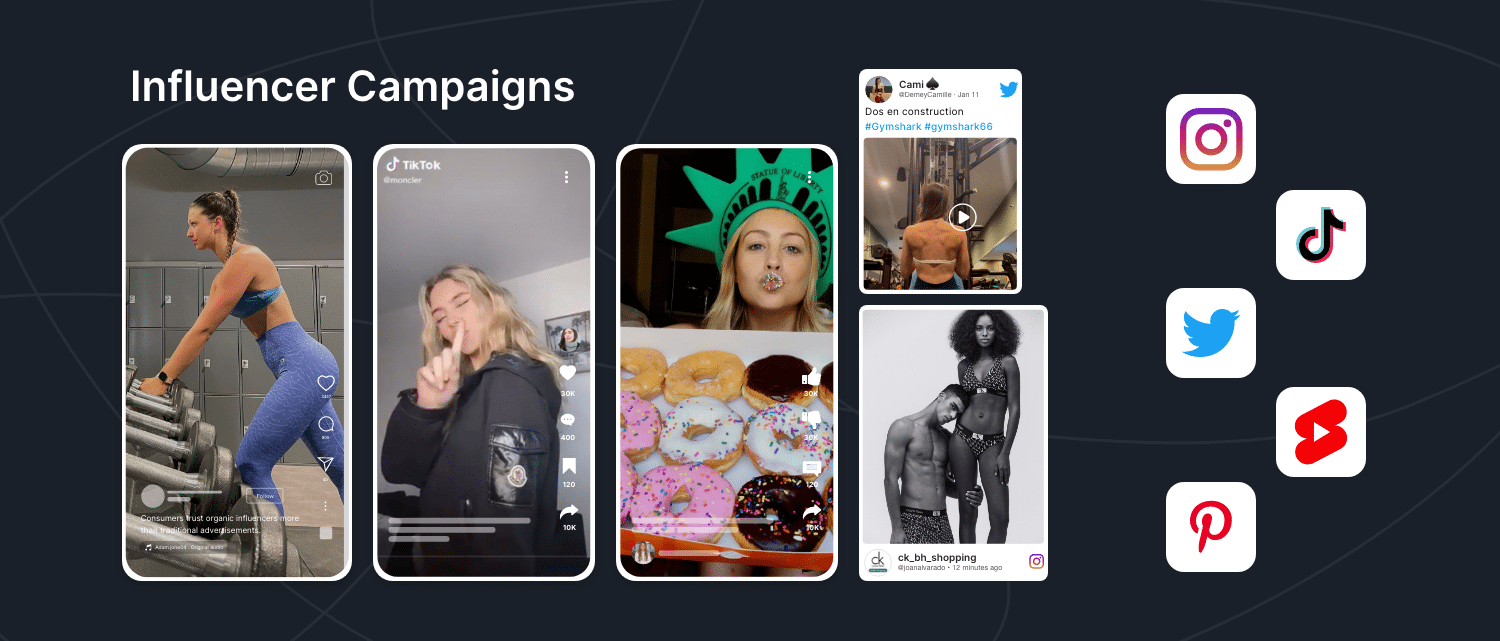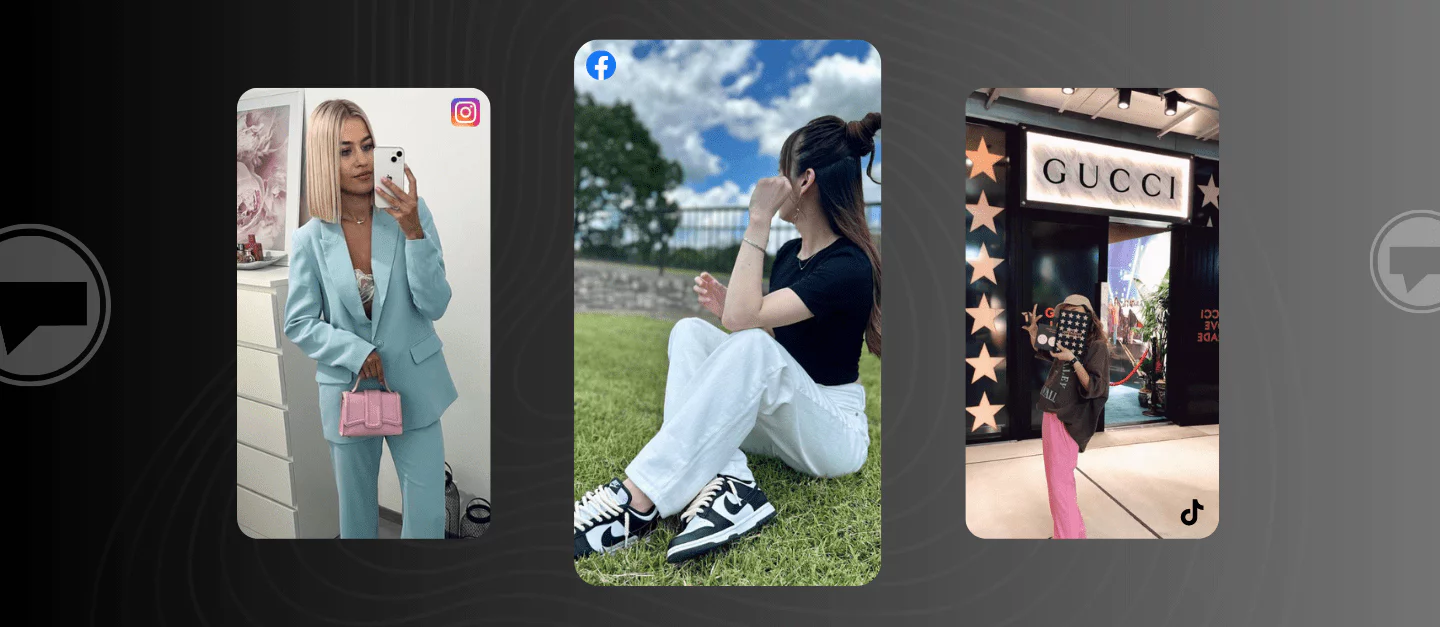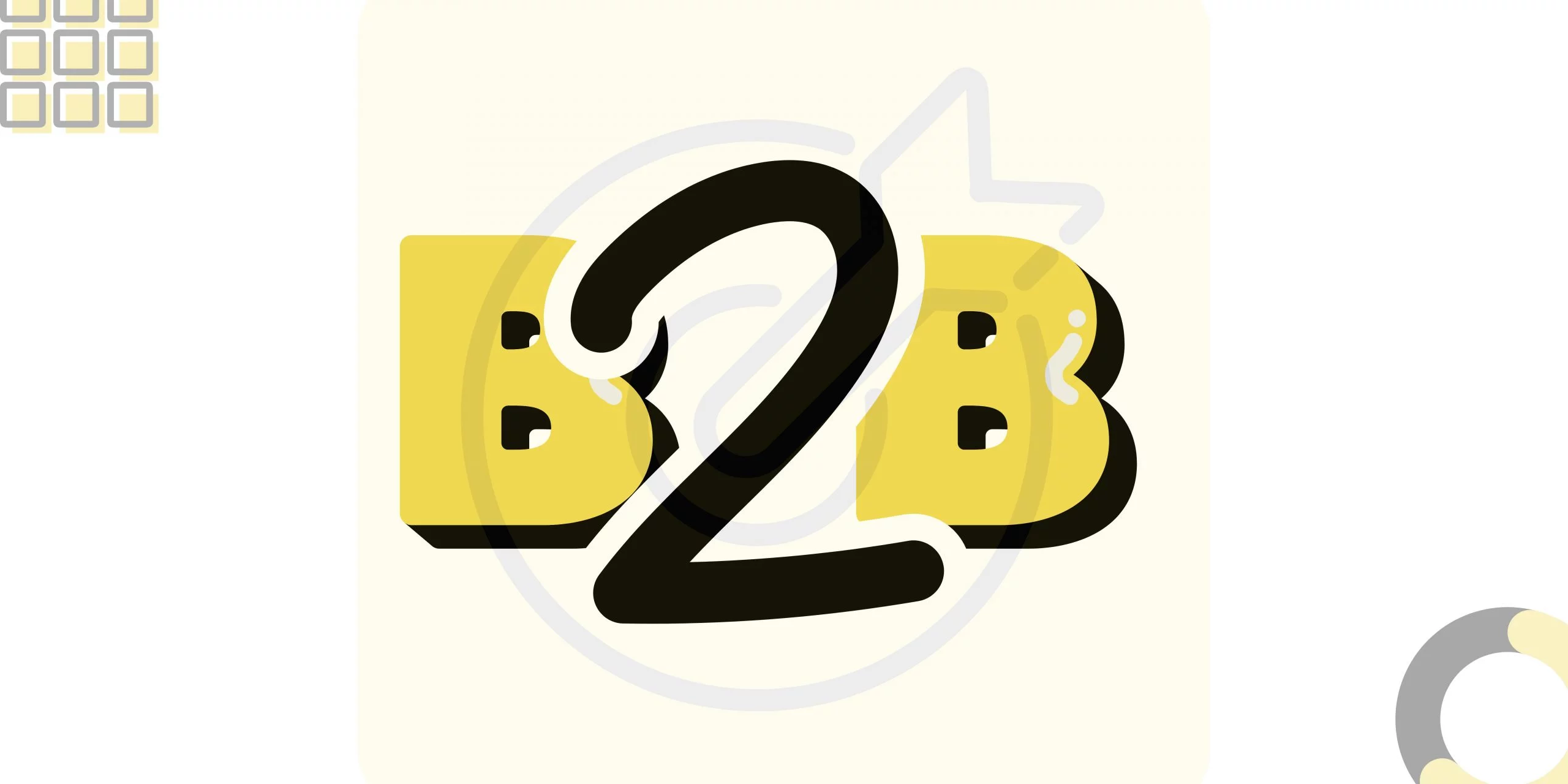Read summarized version with
Someone once said, “Marketing is no longer about the stuff you make, but about the stories you tell, and influencers are the storytellers who bring brands to life,” we agree!
As the digital landscape evolves, the power of influencers to captivate audiences and shape trends is undeniable. With 92% of consumers trusting influencer recommendations over traditional ads, the potential for success is immense.
Let’s have a look at a few stats:
- The profitability of influencer marketing campaigns has been well-established, with remarkable growth in the market. Starting at $1.7 billion in 2016, the market experienced substantial expansion, reaching $9.7 billion by 2020.
- The upward trajectory continued in 2021, witnessing a significant surge to $13.8 billion, demonstrating consistent growth.
- In 2022, the industry expanded, surpassing an impressive milestone of $16.4 billion. These remarkable figures underscore the immense potential and success of influencer marketing as an invaluable strategy for businesses.
- In 2025, 89% of marketers already involved in influencer marketing are committed to increasing or maintaining their investment in this strategy.
- 17% of marketers plan to venture into influencer marketing for the first time this year.
That is why, as a brand, learning about successful influencer marketing examples has become crucial.
It helps us discover valuable insights and innovative strategies that drive engagement, brand awareness, and success.

What Is an Influencer Marketing Campaign?
An influencer marketing campaign is when a brand teams up with popular people on social media, called influencers. These influencers have a lot of loyal followers who trust their opinions. They use their realness, knowledge, and content to promote products or services to their audience.
By partnering with influencers, brands can reach more people, make their brand known, and inspire people to take action. It’s like having a trusted friend suggest something cool to try, which makes it more relatable and exciting for customers.
12 Successful Influencer Marketing Campaign Examples to Inspire You
Influencer marketing has become a popular strategy for brands to reach their target audiences through social media. Here are some examples of successful influencer marketing examples. These examples demonstrate the diversity of influencer marketing campaigns and how they can effectively leverage influencers’ reach and credibility to create brand awareness, drive sales, and engage audiences.
1. Google @thesorrygirls
Google collaborated with two DIY micro-influencers known as @thesorrygirls to promote their latest Pixelbook laptop. The Sorry Girls organized an Instagram giveaway where users simply had to like their posts and comment on how they utilize the Pixelbook to enter and potentially win.
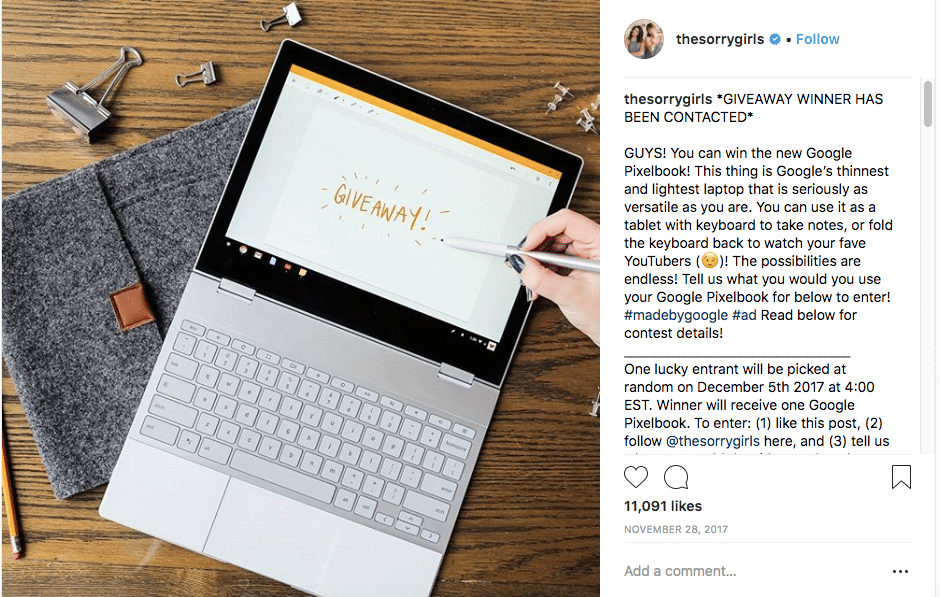
- Influencer name: Thesorrygirls
- Platform: Instagram
- Type: Giveaway
Key takeaways: Despite having less than 100,000 followers on Instagram, the Girls’ giveaway post received an outstanding engagement rate of 59.4%.
Surprisingly, posts by Kim Kardashian, who has 107 million followers, tend to generate less engagement compared to a regular banner ad.
This collaboration with micro-influencers like the Girls demonstrates that working with them can lead to higher engagement rates, challenging the notion that micro-influencers are only suitable for brands with limited budgets.
2. Audible
- Description & Stats: Audible, an Amazon company, offers monthly memberships for audiobooks and podcasts.
Their marketing team often collaborates with celebrities and influencers of various sizes, including micro-influencers.
In a notable Instagram post, photographer Jesse Driftwood (@jessedriftwood) shared how he uses Audible to enhance his knowledge in business management and productivity.
- Influencer name: Jesse Driftwood
- Platform: Instagram
- Type: Sponsored post
Key takeaways: Despite having fewer than 100,000 followers (and possibly even fewer at that time), Audible acknowledged that Driftwood’s fans were highly loyal and engaged.
His genuine anecdote gave followers the impression of receiving a personal recommendation from a friend.
3. Daniel Wellington
Daniel Wellington, a watchmaker, is famous for partnering with fashion and travel influencers.
Surprisingly, the brand also collaborates with CanadianBros (@CanadianBros), an Instagram account dedicated to two dogs named Jasper and Louie.
Even though dog lovers may seem like something other than the obvious target audience for a watch company, the fact that Daniel Wellington has been featured on this account multiple times suggests that the collaboration is successful.
In one post, Louie adorably looks up at his owner, who happens to be wearing a Daniel Wellington watch. The caption, written from the pup’s perspective, is consistent with the account’s other posts.

- Influencer name: CanadianBros
- Platform: Instagram
- Type: Sponsored post
Key takeaways: By collaborating with an unexpected partner and embracing the influencer’s playful caption style, Daniel Wellington successfully tapped into a new audience.
Interestingly, the company decided to work with an account with a more serious aesthetic than most other pet influencers. Sometimes, stepping outside of your comfort zone is necessary to reach a new niche.
4. FIJI Water
Bodyworewhat offers users access to at-home workout videos for just $35.
These videos feature Danielle Bernstein (@weworewhat) and trainer Eric Johnson. When Bernstein shared her fitness journey with Bodyworewhat, she also included photos with FIJI water bottles, aligning with her own brand.
In dedicated posts, she promoted FIJI by emphasizing the importance of staying hydrated and offering a discount code for home delivery.
- Influencer name: Danielle Bernstein (Weworewhat) and Eric Johnson
- Platform: Instagram
- Type: Sponsored post
5. Gymshark’s 66 Days: Change Your Life Challenge
Gymshark initiated the #Gymshark66 campaign, challenging individuals to transform their lives by adopting positive habits.
The concept was rooted in the belief that it takes 66 days to establish a habit. The brand encouraged people to develop new habits that would benefit them and shared their fitness journey using the #Gymshark99 hashtag.
By fostering a supportive community, Gymshark aimed to motivate individuals and offered guidance through their Gymshark Training App.
They collaborated with fitness influencers and created the “Stories of the 66” video series to kickstart the campaign. The results were impressive, with over 240 million video views and more than 750k posts using the hashtag.
@gymshark Her: He’s probably out cheating on me. Him with the boys: 💀💀💀 @The Johnson Brothers #Gymshark #GymTok #GymBro ♬ original sound – Gymshark
Key takeaways: Gymshark successfully raised brand awareness while subtly promoting its app and products by engaging users in a practical challenge.
6. Moncler’s #MonclerBubbleUp Campaign
Italian luxury fashion brand Moncler successfully captured the attention of Gen Z through their #MonclerBubbleUp campaign on TikTok.
By partnering with popular TikTok stars like Charli D’Amelio and Bella Porch, the campaign garnered an impressive 7.6 billion views!
Participants were encouraged to wrap themselves in anything resembling Moncler items, accompanied by the songs “Bubble” by 24 Hours and Ty Dolla $ign. The challenge culminated in showcasing the iconic Moncler bubble coat for the complete look.
@bellapoarch I joined the #MonclerBubbleUp challenge 💭🖤 Are you ready to bubble up? @moncler #ad ♬ Bubble (feat Ty Dolla $ign) – 24hrs
- Influencer name: Charlie D’Amelio and Bella Porch
- Platform: TikTok
- Type: Sponsored posts
Key takeaways: Moncler, a brand previously unfamiliar to Gen Z, gained significant fame and promoted its products through an engaging challenge. Many people eagerly participated because their favorite influencers were involved. This showcases the remarkable impact of influencer marketing.
Suggest – The Complete Brand Guide to TikTok User-Generated Content
7. NordVPN
NordVPN, a virtual private network, heavily relies on influencer marketing on YouTube, with 85.3% of their social traffic coming from the platform. For their YouTube campaign, NordVPN focused on partnering with macro-influencers, securing some of the biggest names as their brand ambassadors.
In one example, Mayuko Inoue, known for her technology-focused content with empathy and compassion, seamlessly incorporated NordVPN into her video, showcasing a day in her life.
NordVPN ran exclusive “limited time offer” campaigns, providing a direct purchase link in the influencer’s video description. Influencers crafted engaging narratives around the brand, creating story-like dilemmas and boosting audience engagement.
Through sponsoring 598 videos, NordVPN garnered 5.7 million likes and 91.5 million views and reached a massive audience of 2.2 billion.
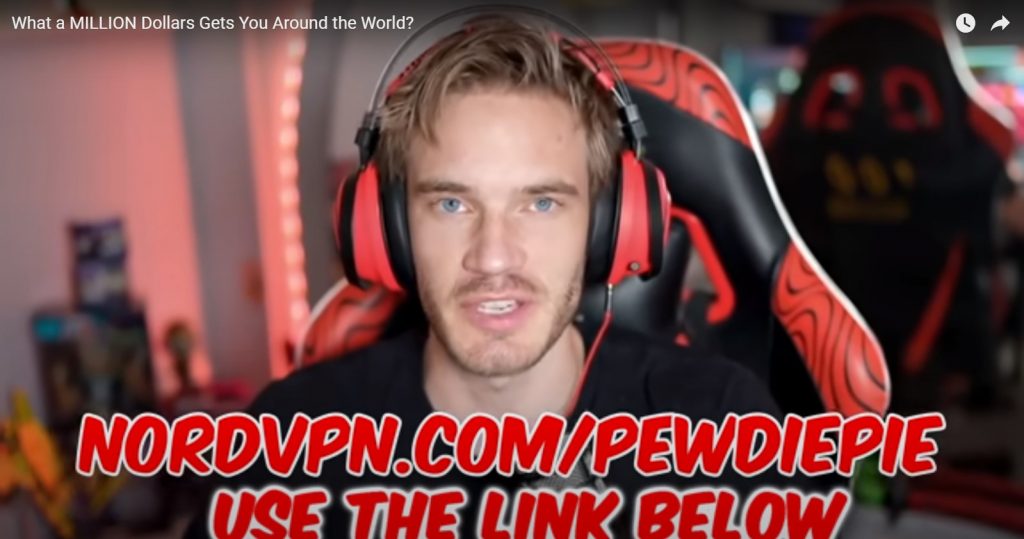
- Influencer name: Mayuko Inoue, Pewdiepie, and various other macro-influencers
- Platform: YouTube
- Type: Sponsored posts and Brand ambassadors
Key takeaways: Allow influencers to talk about your brand in their own natural and spontaneous way. When providing campaign guidelines, give them creative freedom to avoid sounding like a scripted advertisement. Using simple and natural language helps maintain authenticity and makes the brand messaging more relatable.
8. Häagen-Dazs
Häagen-Dazs partnered with local influencers in New York City to emphasize the importance of ice cream during summer. The campaign featured Häagen-Dazs BOGO promotions and sampling events at Duane Reade and Walgreens stores.
The campaign celebrated the city’s open container laws with the theme “Häagen-Dazs Open Container” and the hashtag #HDOpenContainer.
Influencers like Kendall Kremer hosted rooftop ice cream parties, while Katelyn Calautti shared a sponsored blog on hosting summer parties with Häagen-Dazs.
The campaign included an Instagram challenge and targeted audiences through various social media platforms.

- Influencer name: Kendall Kremer and Katelyn Calautti
- Platform: Instagram
- Type: Hosting events, content collaboration
Key takeaways: To ensure the success of your campaign, focus on targeting the most relevant audience for maximum participation. In this case, it was crucial to collaborate with local influencers who had a following in New York.
Must Read – How to Use User-Generated Content on Instagram
9. PlayStation
PlayStation partnered with gaming influencers to promote its new virtual reality headsets in Canada.
By collaborating with macro, micro, and nano influencers, the campaign aimed to engage a wide range of audiences. Influencers posted content featuring the VR headset, tagging @PlayStationCA, and using specific hashtags.
The campaign showcased the fun and relatable experiences of gamers with PlayStation products.
Influencers shared photos and videos of their VR experiences, showcasing the fun and excitement. For example, Karl Conrad shared his custom PlayStation and VR setup, mentioning the PlayStation sponsorship and providing a link to the official VR site page.

- Influencer name: Karl Conrad
- Platform: Instagram and YouTube
- Type: Sponsored posts
Key takeaways: Instead of simply sharing product pictures, encourage your influencers to genuinely enjoy your product and showcase the brand in a fun and positive manner.
10. Calvin Klein
Calvin Klein, a pioneer in influencer marketing, collaborated with Justin Bieber for the #MyCalvins campaign.
The campaign launched through a YouTube video with over 10 million views, encouraged self-expression using the hashtag #MyCalvins. Celebrities like Kendall Jenner and Shawn Mendes also joined in.
The brand recognized and showcased the best user-generated content on a micro website.
The campaign resulted in significant growth on Facebook, Instagram, and Twitter, with millions of posts using #MyCalvins, generating authentic word-of-mouth.
- Influencer names: Kendall Jenner, Justin Bieber, Shawn Mendes, and various other celebs.
- Platform: Instagram
- Type: Celebrity collaboration and user-generated content
Key takeaways: Engage your audience creatively and encourage their participation in your UGC campaign, rather than relying solely on celebrity and influencer collaborations.
11. Brawl Stars
Supercell, a mobile games developer, maximized influencer marketing for the launch of Brawl Stars.
Collaborating with 10 YouTube mobile influencers aimed to boost pre-launch registrations.
Brawl Stars sparked curiosity by sharing a mysterious image, generating social media buzz, memes, and the hashtag #DontKillBrawlStars.
The game’s global release was announced with a YouTube video reaching 4 million views. Pre-launch gameplay live streams featured micro-influencers already fans of Supercell’s games.
Over 100 UGC content creators attended the official launch, amplifying the event and driving significant engagement.
The campaign achieved 5 million pre-registration sign-ups in 8 hours, propelling Brawl Stars to the top-grossing app in 32 countries, earning $10 million+ in its debut week.
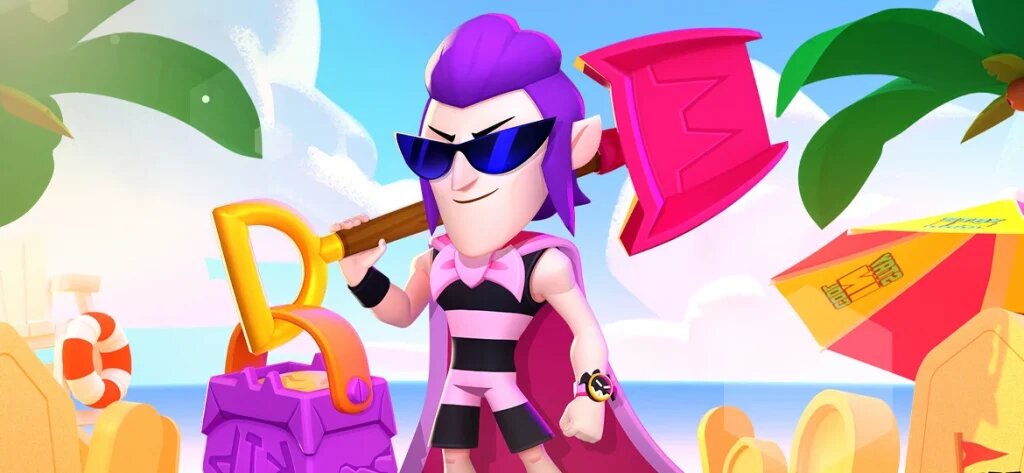
- Influencer name: Various influencers
- Platform: YouTube
- Type: Influencer collaboration
Key takeaways: Collaborating with a diverse group of relevant influencers simultaneously to maximize your reach and create buzz.
This approach ensures your product reaches a larger audience, increasing its visibility and generating hype. Before partnering with an influencer, carefully analyze their profile, including their followers’ demographics and engagement rate.
This analysis helps you make informed decisions and select the right influencers to promote your brand effectively.
12. Airbnb
Airbnb’s international growth is partly due to local Influencer Marketing campaigns. For example 2016, their London team created a townhouse where visitors could experience local culture.
They collaborated with 25 local influencers who promoted the event on social media. The campaign attracted 1,400 guests in four days and reached millions online.
The “Live There” campaign by Airbnb aims to redefine travel and highlight its unique value. It includes social media activations and TV and digital ads and leverages user-generated content with the hashtag #LiveThere.
By working with local content creators and embracing user-generated content, Airbnb has expanded its reach globally, no longer limited to the United States.

- Influencer name: Various local creators
- Platform: Various social media platforms
- Type: User-generated content and sponsored posts
Key takeaways: Airbnb collaborated with local influencers, providing authentic experiences showcasing destinations’ real side.
The campaign leveraged user-generated content through the #LiveThere hashtag. A multi-channel approach, including social media, TV, and print, ensured broad exposure.
The campaign’s impact was evident in increased purchase intent, indicating effective communication of Airbnb’s unique value to travelers. Localized destination marketing, authenticity, user engagement, and a comprehensive approach contributed to the campaign’s success.
Types of Influencer Marketing Campaigns
Influencers are incredibly creative when it comes to making content for social media. As a result, there are different types of influencer marketing campaigns out there. These campaigns can be grouped into a few main categories. Here are some examples of the different types of influencer marketing campaigns:
1. Giveaways & Sweepstakes
These are like fun digital competitions where influencers Collab with brands to offer freebies or exclusive prizes to their followers. It’s a win-win situation: the influencer gets to engage their audience, while the brand gains exposure and potential new customers just remember to implement it correctly.
Brands like Starbucks and Louis Vuitton are very active when it comes to giveaways!
2. Affiliate Influencer Campaign
It’s like a partnership where the influencer promotes the brand’s products and earns a share of the profit when their followers make a purchase.
In this type of campaign, influencers earn a commission for every sale they generate through unique referral links or discount codes.
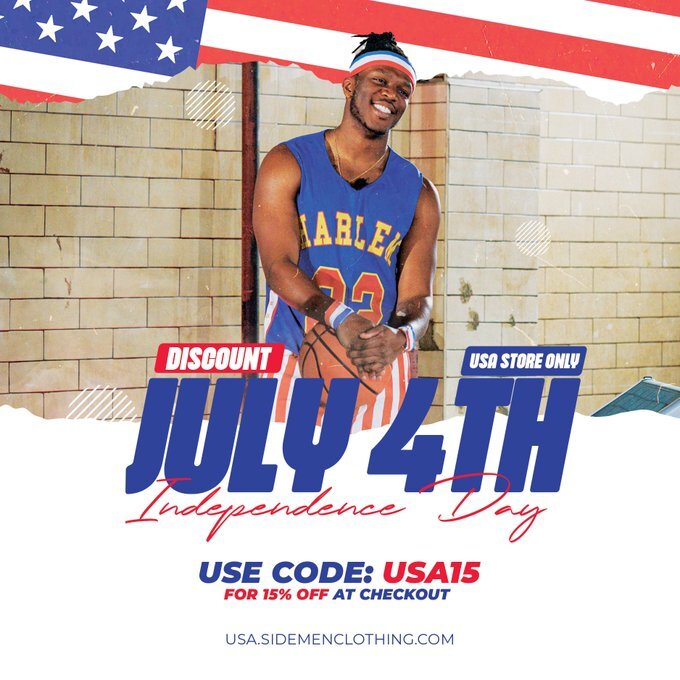
3. Contests and Events Activations
Brands and influencers come together to organize exciting contests or special events that get their followers involved.
It could be anything from photo challenges to live-streamed experiences, ecommerce podcast and even IRL events, creating buzz and building a sense of community. For brands in the education or professional development space, leveraging Learning Management Systems (LMS) like Learnworlds through influencer partnerships can be particularly effective in nurturing engaged learning communities around their content.
Brands like Google, Maybelline, and Loreal host various brand events throughout the year, where they invite influencers to participate in these events.
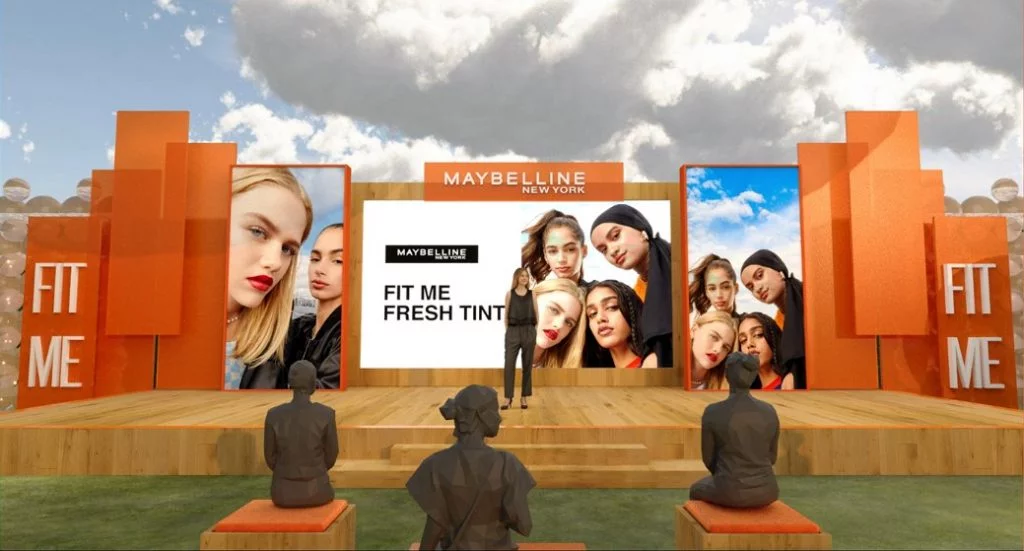
The influencers capture and upload the event’s behind-the-scenes and other exciting happenings, and their followers get to catch glimpses of these events through their stories and other posts. This is a great way to help brands spread awareness about their products. For IRL events, having QR Codes with well-defined CTAs placed at several places will ensure brands can leverage the benefit of organizing the event at such a scale. Using Beaconstac’s QR Code generator, brands can easily create secure QR Codes in bulk.
4. Sponsored Posts
Influencers create content around a brand’s product or service and share it with their audience. These posts are often marked as sponsored or #ad so followers know it’s a collaboration.
It’s a way for the brand to leverage the influencer’s reach and credibility to promote their offerings.
An example of this could be the very famous collaboration between our Insta queen and celebrity influencer Kylie Jenner and Glow drink!
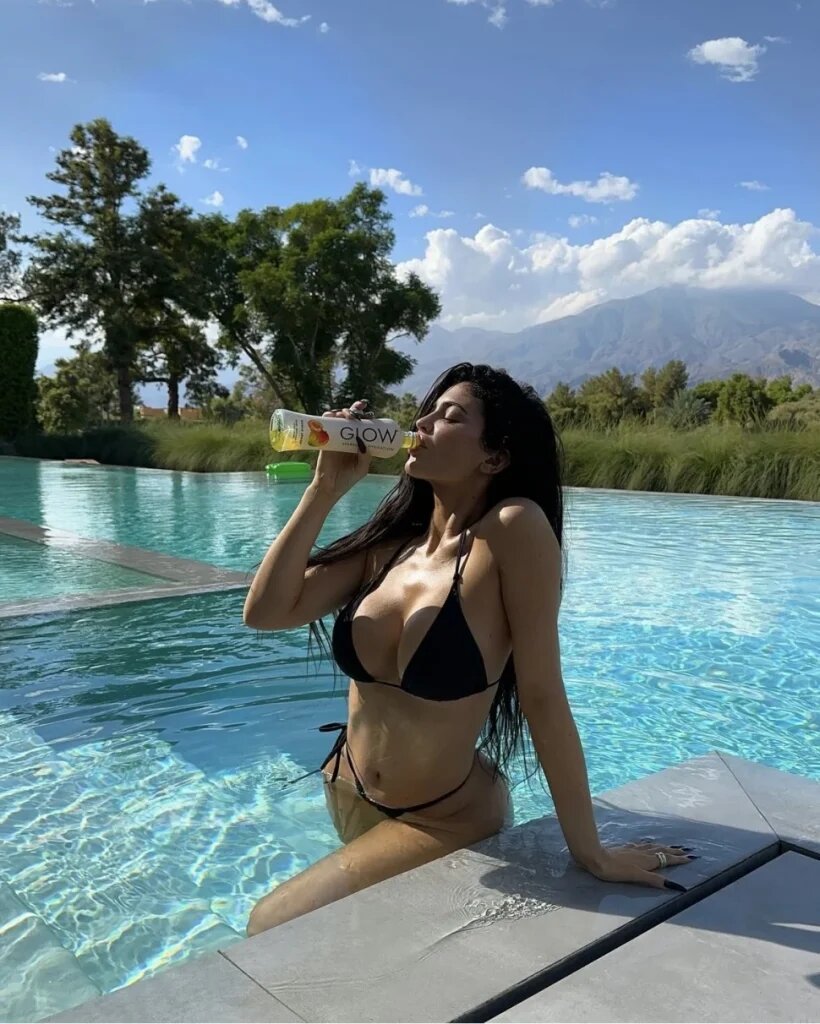
5. Brand Ambassador Programs
Brands team up with influencers who become trusted ambassadors, consistently promoting their products and building solid connections with their audience.
Having a popular brand ambassador can be very beneficial for the brand as they bring high visibility and exposure.
A very recent and talked about example can be TikTok influencer Charlie D’amelio becoming the brand ambassador of Dunkin Donuts.
Charlie was always open about how much she loved Dunkin, and the brand did not take much time before offering her to become their brand ambassador.

6. Social Media Takeovers
This is when an influencer temporarily takes control of a brand’s social media account.
They create and share content, giving their unique perspective and engaging with the brand’s audience in a fresh and exciting way.
It’s a clever way to actively engage the audience and connect them with the brand’s content. Involving influencers and followers creates an interactive experience that keeps everyone excited and invested in the brand.
Author Dr. Shauna Shapiro assumed control of the wellness brand Goop’s account to impart a meditation session, aimed at transforming negativity into positivity amidst these unpredictable times.
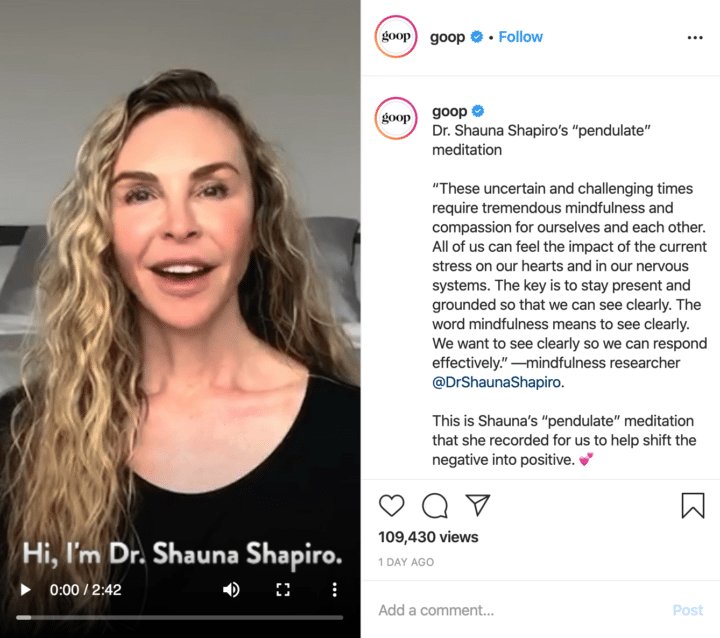
7. Product Collaborations
Brands collaborate with influencers to co-create and launch special edition products or collections.
The influencer’s creativity and personal touch infuse the brand’s offerings with their unique style, appealing to their dedicated fan base.
Here we can talk about the celebrity influencer Sofia Vergara and Foster Grant collab.
Foster Grant worked on a new line of products which was crafted by our beloved Colombian, Sofia Vergara, and as expected, fans fell in love with it as soon as it launched.

These different influencer marketing campaigns offer brands versatile ways to connect with their target audience, drive engagement, and generate buzz around their products or services. It’s a dynamic and ever-evolving field that harnesses the power of influencers to create authentic connections and memorable experiences.
Crush Your Next Organic Influencer Marketing Campaign Effortlessly!
When planning your next influencer marketing examples, finding the right organic influencers to partner with is crucial.
These are influencers who genuinely align with your brand values and have built a loyal and engaged following. Unlike influencers who may have purchased fake followers, organic influencers bring authenticity and credibility to your campaign.
They have higher engagement rates and can connect with their audience on a deeper level.
To ensure the success of your campaign, Taggbox helps brands to discover and collaborate with the perfect organic influencers for your brand and helps them to repurpose Influencer-generated and user generated content (UGC) on various marketing touch points, such as your website, socials, etc.
By leveraging the influence of these authentic voices, you can nail your next campaign and achieve impactful results.

